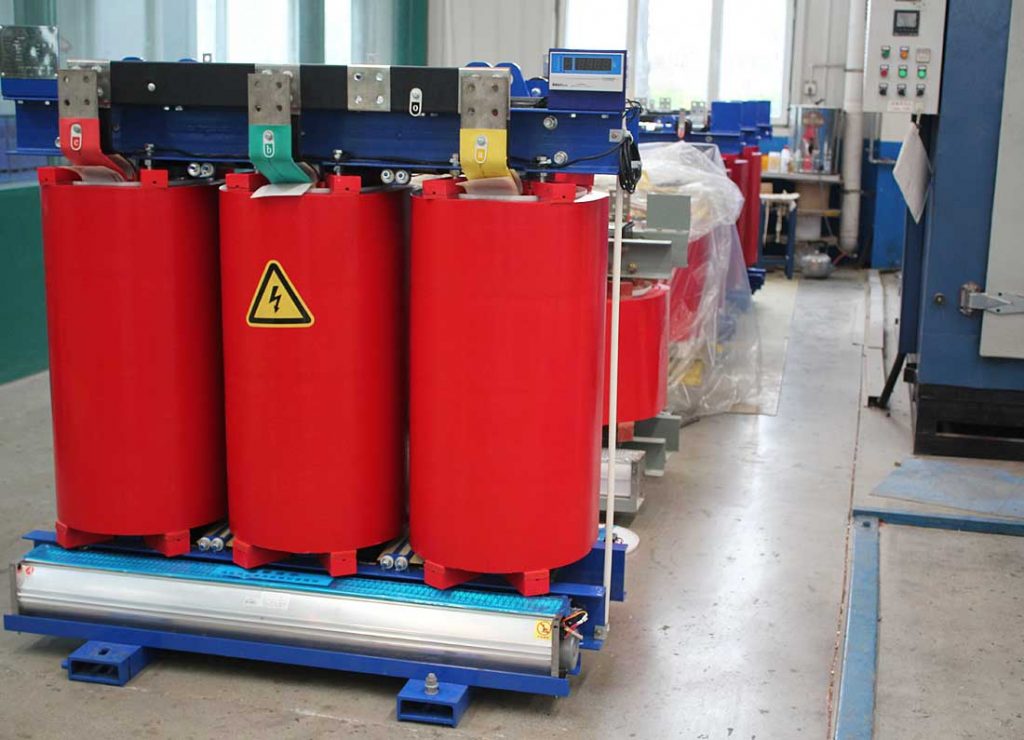
10/0.4KV, (capacity below 1000KVA) What is the difference between copper and aluminum for transformer coils?
Not from a technical point of view, but from the perspective of market demand and corporate integrity, international standards and design specifications do not prohibit the use of transformers with aluminum coils, which are larger than transformers with copper coils.
But you must know that the price of “aluminum” is much cheaper than that of “copper”. As long as “cost” is involved in anything in China, many companies will take desperate risks. A disaster for the country and the people!
The copper-clad aluminum busbars currently being promoted in the market also have the same concern. It does not mean that the level of this technology and craftsmanship cannot be achieved, but that some companies will “take advantage of the loopholes”, which is originally a matter of economical saving and benefiting the people and the country. A good thing, in the end, it became a trend of “cost reduction”, so copper clad aluminum has appeared for many years, but as a low-voltage switchgear manufacturer, we dare not ask for it, not only considering the current carrying capacity—-temperature rise requirements , also consider the thermal effect in the event of a short circuit – thermal stability, and also consider the electrodynamic effect in the event of a short circuit – dynamic stability, which should be considered in the use of copper coils and aluminum coils in transformers , that is, the temperature rise effect under normal use conditions, and the dynamic thermal stability under abnormal use conditions

- For transformers used for special purposes and special occasions, it is recommended to choose copper winding transformers with high reliability, high mechanical strength and small volume. For example: electric transformers used in the opening and closing, running light transformers for elevator shaft lighting, etc. This is not to say that other power supply solutions and equipment made of other materials are not good. In comparison, it has been proved by years of time testing that the weather resistance and reliability of high-quality linear power supplies are still relatively high.
- Residential lighting transformers for general purposes, and even some transformers containing a class of loads, can completely use aluminum coil power transformers. The benefits are self-evident. What everyone is concerned about is its winding space factor, winding strength, short-circuit and over-current resistance, weather resistance index, outlet oxygen index index and so on. There is nothing wrong with the aluminum winding transformers used for many years, but the oil-immersed type is more common and the dry type is rare.
- From the perspective of materials: silicon steel sheet to permalloy to amorphous alloy, magnetic circuit materials are not included in our discussion, but what is beyond reproach is materials with high magnetic permeability, relatively few turns per volt, various types of transformer manufacturing Parameters will vary. Circuit materials are generally nothing more than copper and aluminum. The national standard manufacturing standard is generally high-purity oxygen-free copper for copper and A-00 grade high-purity aluminum for aluminum. The difference is that the difference in current carrying capacity determines the difference in the cross-sectional area of its conductor, and the manufacturing process and manufacturing parameters are different.
- Judging from the current market situation: transformers produced completely and strictly in accordance with national standards and IEC standards have no price advantage and no market for competition. The dual attributes of any commodity are its value and use value. This is also the driving force for the value orientation of transformers, a special commodity.
- Black-hearted merchants use refurbished sheets, recycled copper, and slimmed down aluminum to manufacture fake and shoddy products, coupled with unconventional marketing methods, creating a vicious circle. Don’t expect a test report, a product certificate or a product supply contract to be able to agree on the character of the merchant.
- My conclusion: No matter copper or aluminum, if it is produced, inspected, transported, installed, maintained and used according to certain standards, the conductor material is just a conductor material.